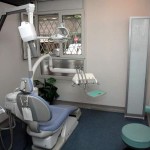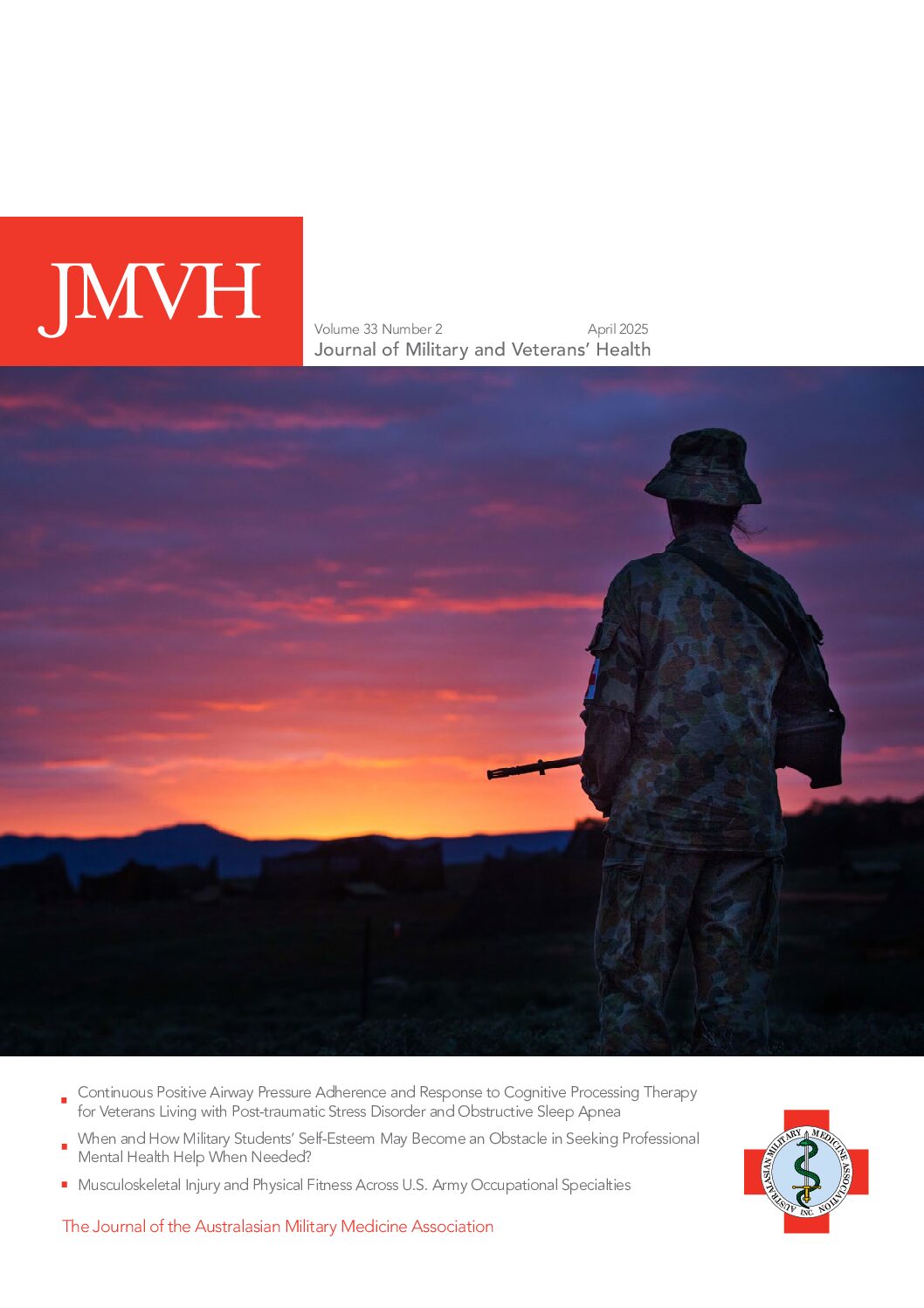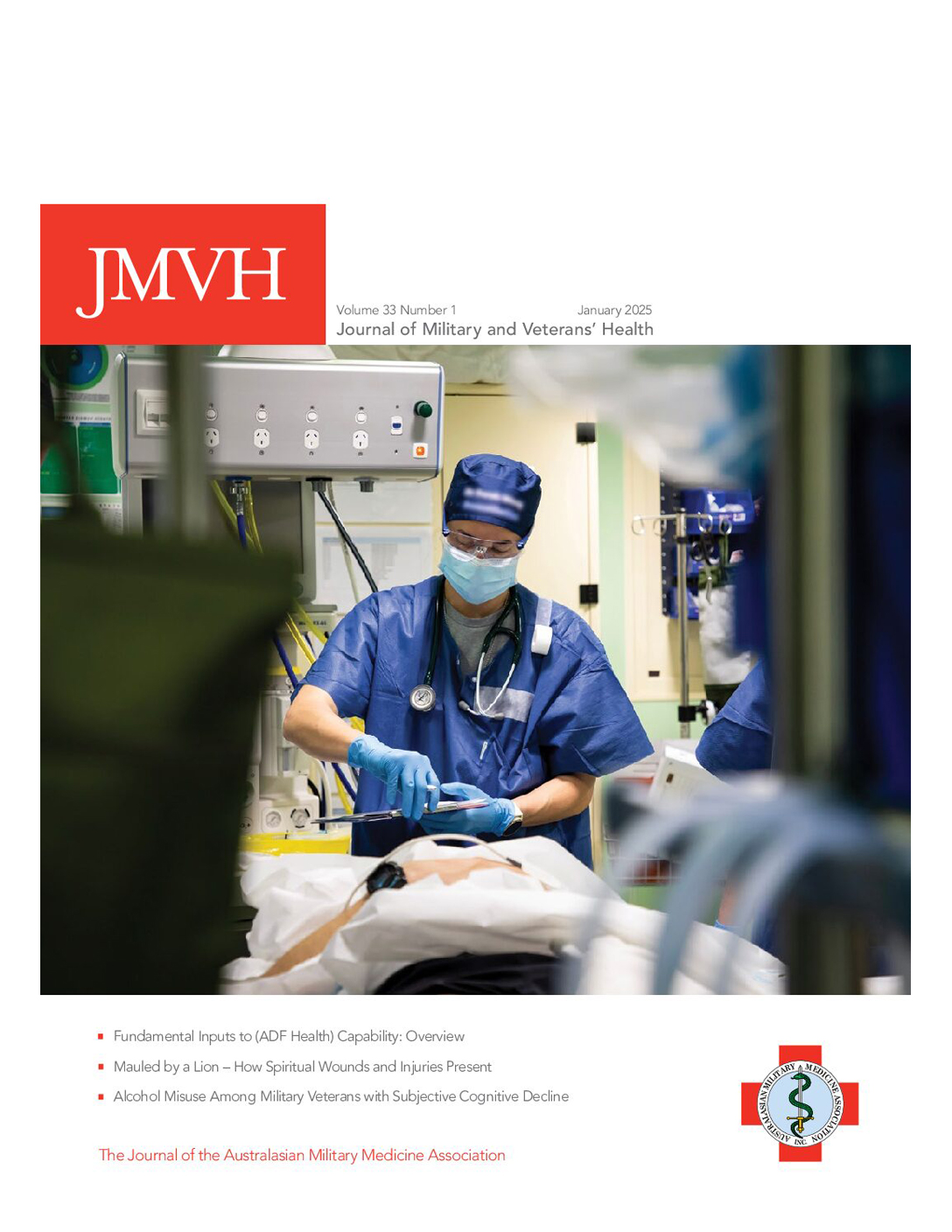Therapeutic Guidelines: Cardiovascular
*Version 5. xxii+243pp, paperback, ISBN 978-0-9804764-1-5. Melbourne, Therapeutic Guidelines Limited, AUD39.00, 2008. Apart from textbooks, there have been few handbooks published specifically on cardiovascular guidelines. This fifth Version of Therapeutic Guidelines: Cardiovascular, part of a collection of 14 in the series of the popular and respected Therapeutic Guidelines series in Australia, is a major step… Read more »




 Download the whole edition here.
Download the whole edition here.



